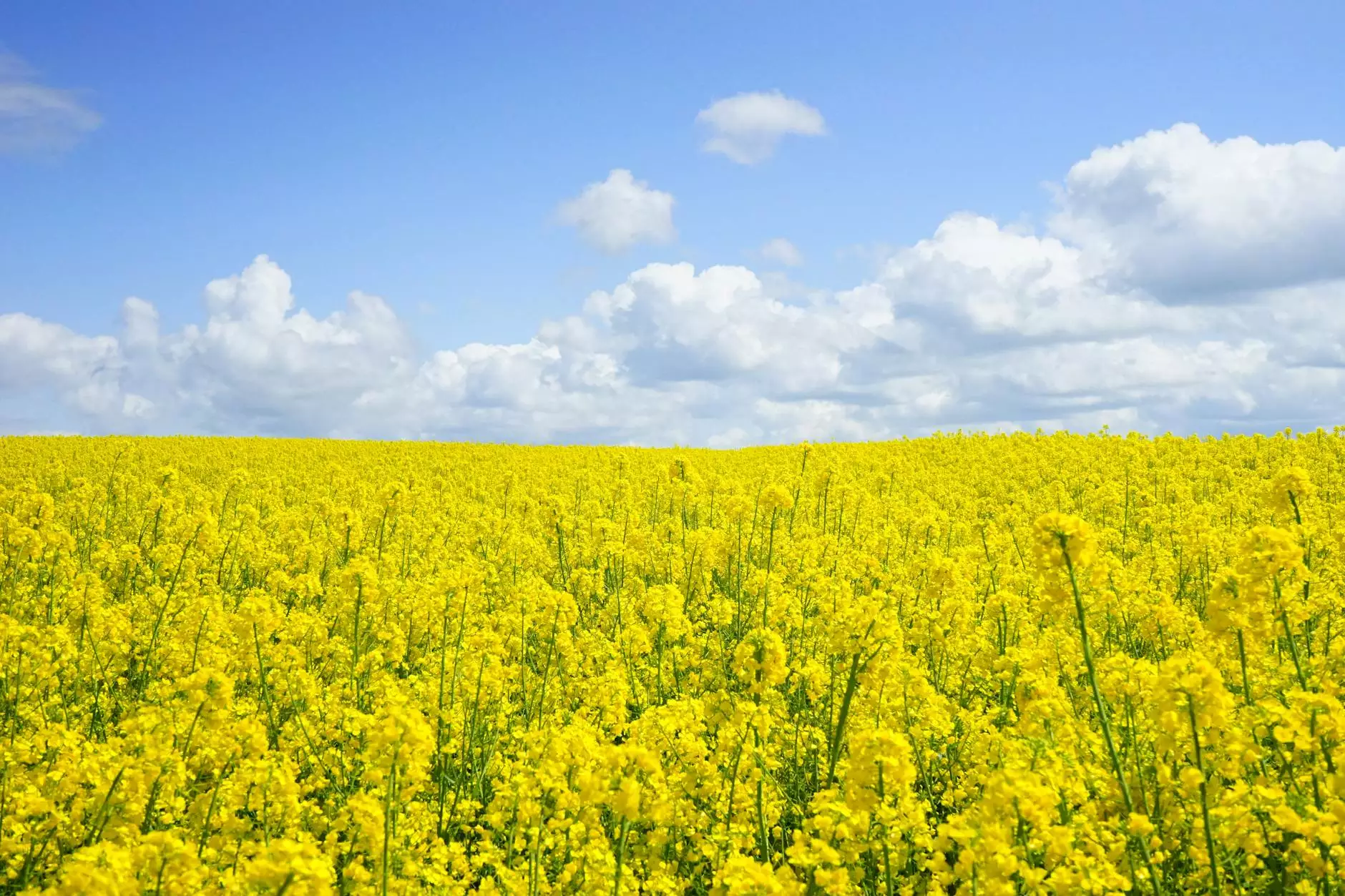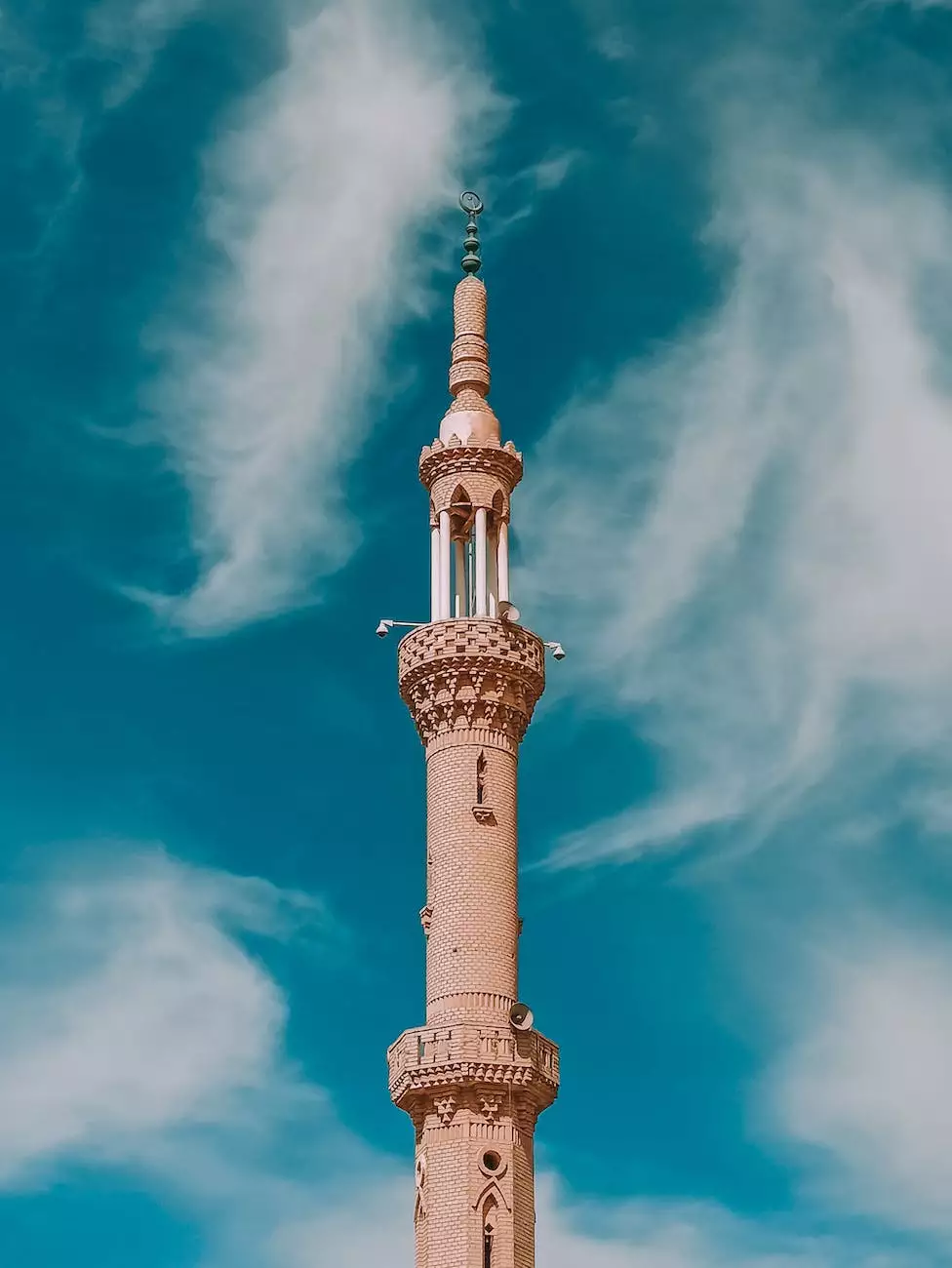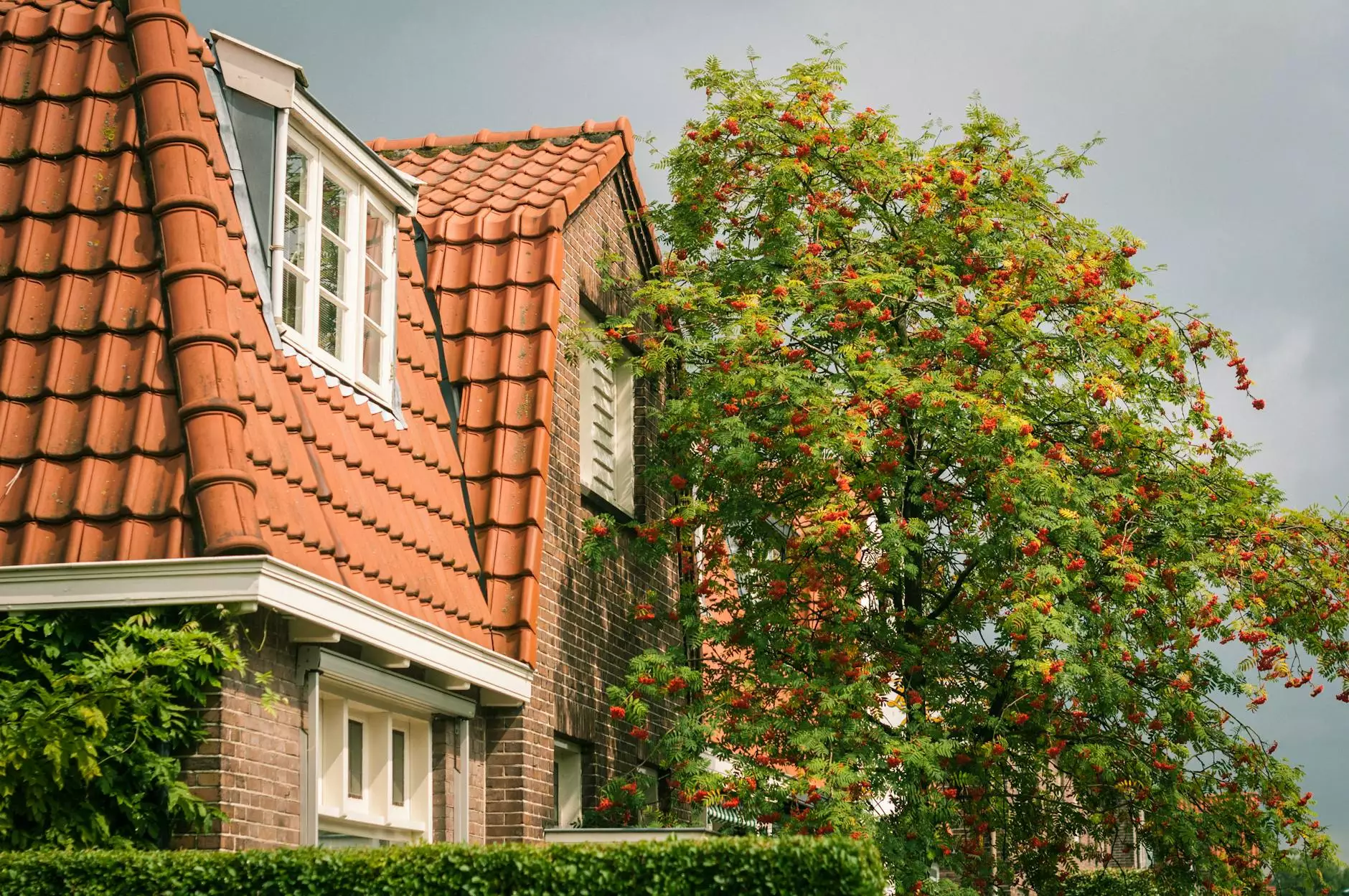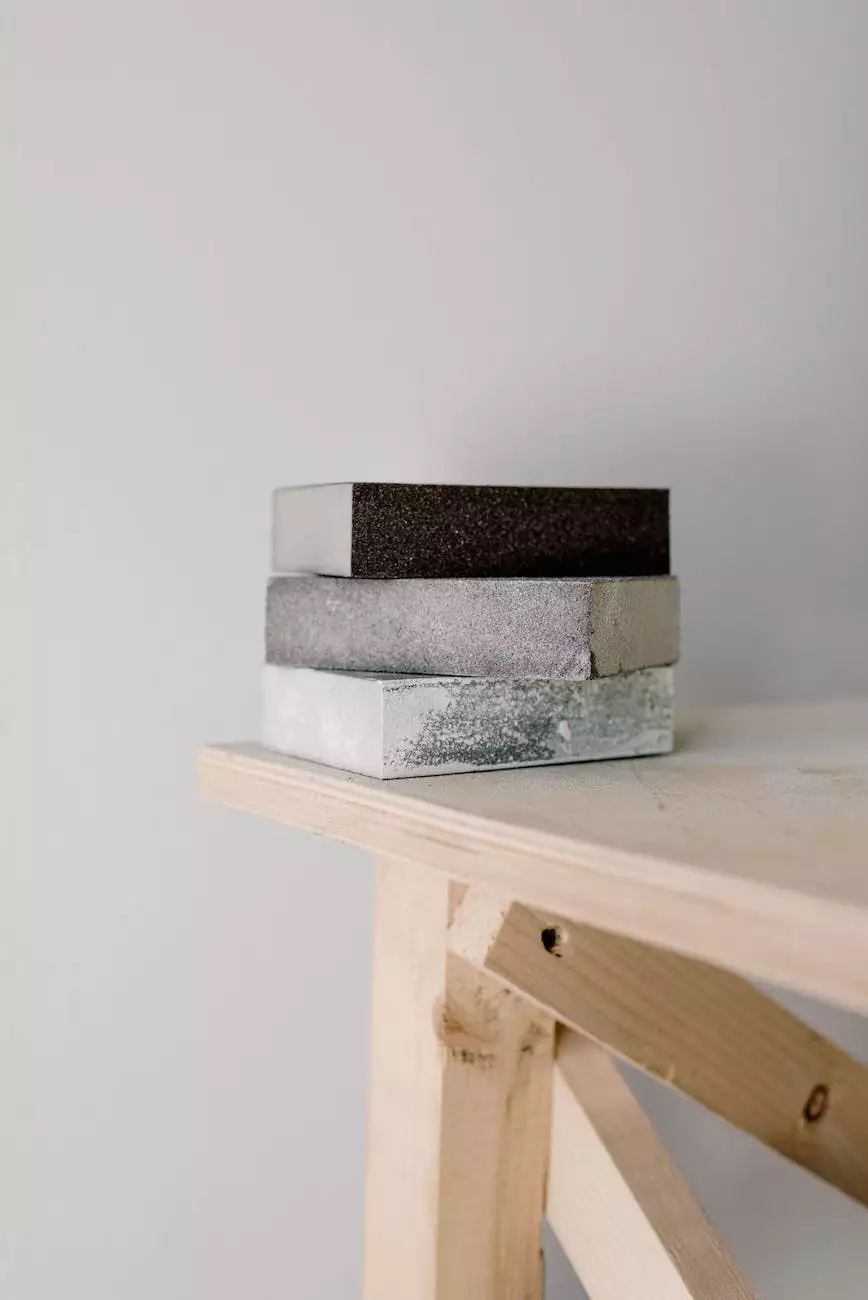How to Grow and Harvest Rhubarb

Introduction
Welcome to Cutting Hedge Services, your go-to resource for all things rhubarb! If you're looking to start your own rhubarb garden or improve your existing one, you've come to the right place. In this comprehensive guide, we'll walk you through the process of growing and harvesting rhubarb successfully.
1. Choosing the Right Rhubarb Variety
When it comes to choosing the right rhubarb variety for your garden, there are a few factors to consider. Ideally, you want a variety that is well-suited to your climate and offers good disease resistance. Some popular varieties include "Victoria," "Crimson Cherry," and "Canada Red."
2. Proper Rhubarb Planting
Before you start planting rhubarb, it's essential to prepare the soil properly. Rhubarb prefers well-drained soil enriched with organic matter. Clear the area of weeds and rocks, and ensure that the soil pH is between 5.5 and 7.0. Plant the rhubarb crowns in early spring, spacing them at least 3 feet apart.
3. Rhubarb Care and Maintenance
Rhubarb is a relatively low-maintenance plant, but it still requires some care to thrive. Here are a few key practices to keep in mind:
3.1 Watering
Water your rhubarb plants regularly, especially during dry spells. Aim to keep the soil consistently moist but not waterlogged. Mulching around the plants can help retain moisture and suppress weed growth.
3.2 Fertilizing
Apply a balanced fertilizer in early spring and again after harvesting to provide essential nutrients for vigorous growth. Avoid excessive nitrogen, as it can promote leafy growth at the expense of rhubarb stalks.
3.3 Weed Control
Keep the area around your rhubarb plants weed-free. Regularly remove any weeds that may compete for nutrients and water.
4. Harvesting Rhubarb
Knowing when and how to harvest rhubarb is crucial to ensure the best flavor and yield. Here's what you need to know:
4.1 Harvesting Time
Rhubarb stalks are typically ready for harvest in late spring or early summer, once they reach a thickness of about 1 inch. Avoid harvesting in the first year after planting to allow the plant to establish itself.
4.2 Harvesting Technique
To harvest rhubarb, firmly grasp the stalk near the base and pull it away from the crown with a gentle twisting motion. Avoid cutting the stalk with a knife, as this can increase the risk of disease.
5. Common Rhubarb Pests and Diseases
Like any garden plant, rhubarb can face certain pests and diseases. Some common issues include aphids, crown rot, and powdery mildew. Regularly inspect your plants for signs of pests or diseases, and take appropriate measures to control them effectively.
6. Delicious Rhubarb Recipes
Once you've harvested your rhubarb, it's time to enjoy the fruits of your labor. Rhubarb is a versatile ingredient that can be used in a variety of sweet and savory dishes. Here are a few mouthwatering recipes to try:
6.1 Rhubarb Pie
Indulge in the classic combination of tart rhubarb and sweet pastry with a homemade rhubarb pie. Serve it warm with a scoop of vanilla ice cream for the perfect dessert.
6.2 Rhubarb Jam
Preserve the vibrant flavor of rhubarb by making a jar of delicious rhubarb jam. Spread it on toast or use it as a topping for pancakes and waffles.
6.3 Grilled Rhubarb
Add a unique twist to your barbecue by grilling rhubarb. The heat caramelizes the sugars, resulting in a smoky, sweet flavor that pairs well with grilled meats.
Conclusion
Congratulations! You are now equipped with the knowledge to grow and harvest rhubarb like a pro. Remember, patience and proper care are key to a successful rhubarb garden. Experiment with different recipes and enjoy the delightful flavors of this versatile plant. If you have any further questions or need assistance, feel free to reach out to Cutting Hedge Services.




